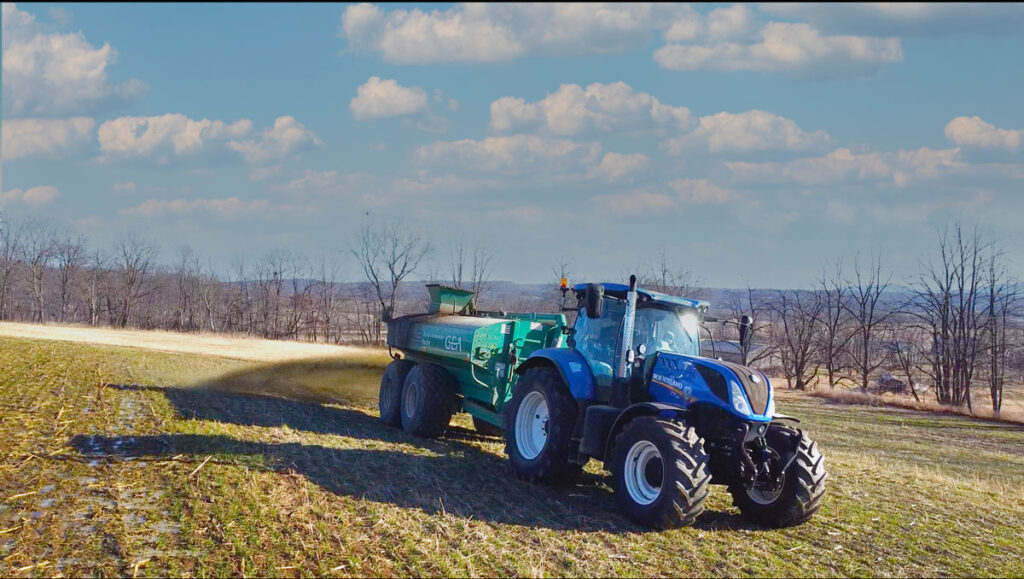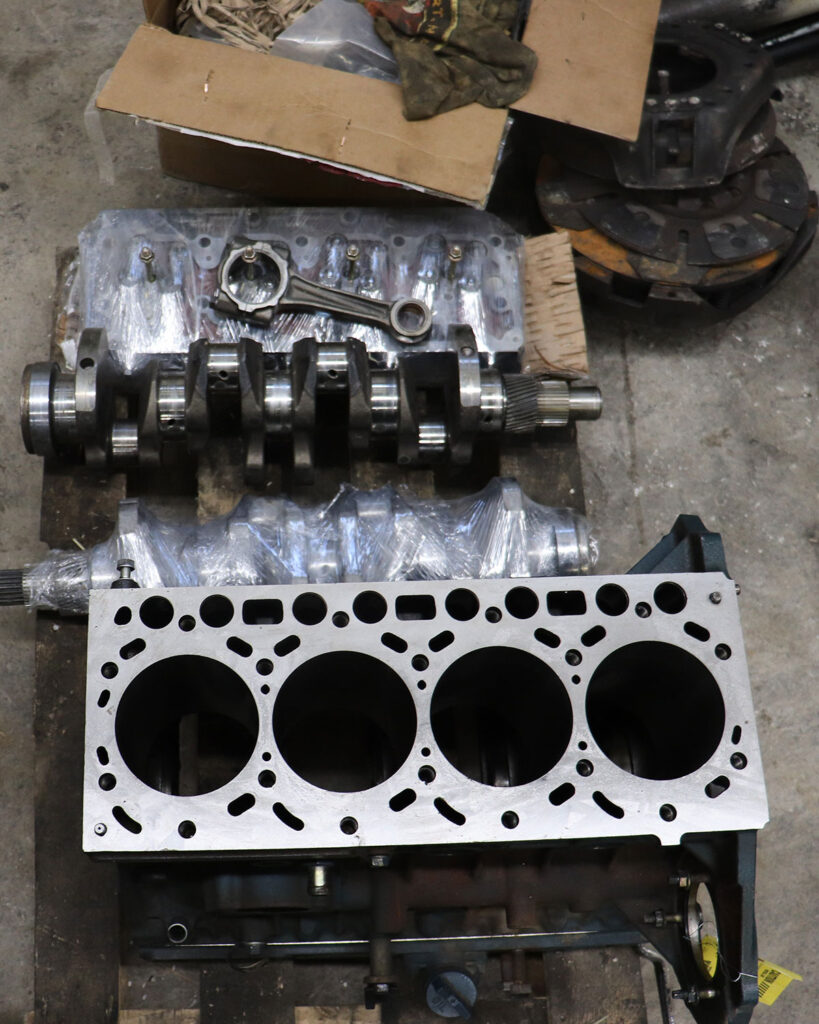Engine Rebuilds
This is what you get and what we do
when we rebuild your engine.

When it’s all said and done you’ll have
- More money in your pocketbook, it’s cost effective.
- You’ll notice increased performance, runs smoother, less oil consumption, and increased power.
- Increased lifespan of the engine.
- Peace of mind.
You can save some money by taking the engine out yourself and bringing it in or we can arrange transportation for the engine.
Rebuilding a tractor engine is a complex and involved process, and should be left to an experienced mechanic who has the skills, patience, and right tools to do the job. Here’s a general overview of what we do at Old Pike Tractor:
Preparation:
- Gather information: Identify the specific engine model we’re working on and obtain a workshop manual. This will be our essential guide throughout the process.
- Assess the damage: Inspect the engine for worn parts, cracks, and other damage. This will help us to determine the scope of the rebuild and the parts we need.
- Tools and parts: We acquire the necessary parts to replace, based on our assessment and the workshop manual. Many times it requires special tools to replace and rebuild engine parts.
- Clean the workspace: We create a clean and organized workspace to prevent contamination and keep track of parts.
Disassembly:
- Drain fluids: We remove and dispose of the engine oil, coolant, and any other fluids according to safety regulations.
- Disconnect peripherals: Remove all external components like the starter, alternator, exhaust, and intake manifolds.
- Disassemble the engine: Following the workshop manual, meticulously disassemble the engine, taking careful note of the order and orientation of parts. Label and organize parts to ensure proper reassembly.
Cleaning and Inspection:
- Clean all parts: We thoroughly clean all components using a degreaser and appropriate methods for each material.
- Inspect for wear and damage: Carefully inspect all parts for wear, cracks, or other damage. Replace any questionable parts.
- Measure critical components: Measure components like cylinder bores, crankshaft journals, and bearing clearances to determine if machining is necessary.

Machining and Reconditioning:
- Machine engine block: This may involve boring cylinders, resurfacing the block deck, and honing cylinders to achieve proper specifications.
- Recondition other components: Crankshafts may need grinding, and other parts may require specialized reconditioning depending on their condition.
Assembly:
- Following the workshop manual: Carefully we reassemble the engine, adhering to the torque specifications and assembly procedures outlined in the manual.
- Use new gaskets and seals: Replace all gaskets and seals with new ones to prevent leaks.
- Lubricate components: Applying proper lubrication to all components before assembly to minimize wear during initial startup.
Final Steps:
- Install peripherals: We reattach all external components like the starter, alternator, exhaust, and intake manifolds.
- Fill fluids: We add fresh engine oil, coolant, and other fluids according to the manufacturer’s recommendations.
- Start the engine: Following safety precautions, attempt to start the engine and check for leaks, unusual noises, or vibrations.